Content can be downloaded for non-commercial purposes, such as for personal use or in educational resources.
For commercial purposes please contact the copyright holder directly.
Read more about the The Creative Archive Licence.
Description
Wood carving was very popular as a hobby or livelihood especially for sailors on long voyages. Siôn Edwards, from Criccieth, was a ship’s carpenter, house carpenter, boat and canoe builder and was a skilled carver. Later in life he specialised in carving figureheads and wooden carvings for Porthmadog ships. The figurehead would be placed at the bow of the ship and was part of its identity and linked to its name. Attractive and decorative carvings but also a symbol of what was important to the shipowner, and sometimes capturing superstitious symbolism. These figures were thought to help calm the turbulent spirit of the sea.
Siôn carved the figurehead for the famous barque "Pride of Wales" built at Borth y Gest in 1870. He carved the owner's daughter in a silk frock with her hair waving in the wind. As the ship was chartered by the government in India, a jungle scene was carved around the stern to represent the animals and reptiles in the marshes of Burma. An example of his work can be seen at the Aretton Wreck Centre on the Isle of Wight, a figurehead off the schooner “Dizzie Dunlop” (1) wrecked on the island's coast with a load of slate from Porthmadog. Another was for the schooner “Cadwalader Jones” (2) built at Borth y Gest. The ship's captain, who was also the owner, lived on Salem Terrace in Criccieth.
There are examples of his work in the town and the local area that still exist, and others that have been moved from their original location. He created three-dimensional carvings for shops and businesses. In Pwllheli he created a sheep for the “Pwlldefaid” (3) shop and the goat above the entrance to the “Goat Hotel” in Beddgelert. William Edwards followed in his father's footsteps and was a boat builder and an excellent wood carver. There are carved examples in Salem Chapel, but there is uncertainty as to who carved these; either Siôn or his son.
William Edwards carved the wooden eagle that used to be above the entrance to the "Golden Eagle" shop on the High Street. His work can still be seen at the entrances of three houses on Glasfor Terrace opposite Mona Terrace in Criccieth (4). Another local carver was Charles Jones of Henbont Road; some of his work can be seen in Saint Catherine’s Church (5). He also carved love spoons – an old Welsh tradition whereby young men carved these intricate spoons for their sweethearts. These are still produced locally today as gifts or sold as souvenirs.
Emile de Vynck was one of the Belgian refugees who came to Criccieth during the First World War. He settled in Pentrefelin and had a furniture making workshop. He was a very talented carver and created many pieces for churches all over the district and Eisteddfod chairs. He carved a profile of David Lloyd George which unfortunately was destroyed in a fire at his workshop. Luckily a plaster cast had been made and this can be seen at the Memorial Hall (6).

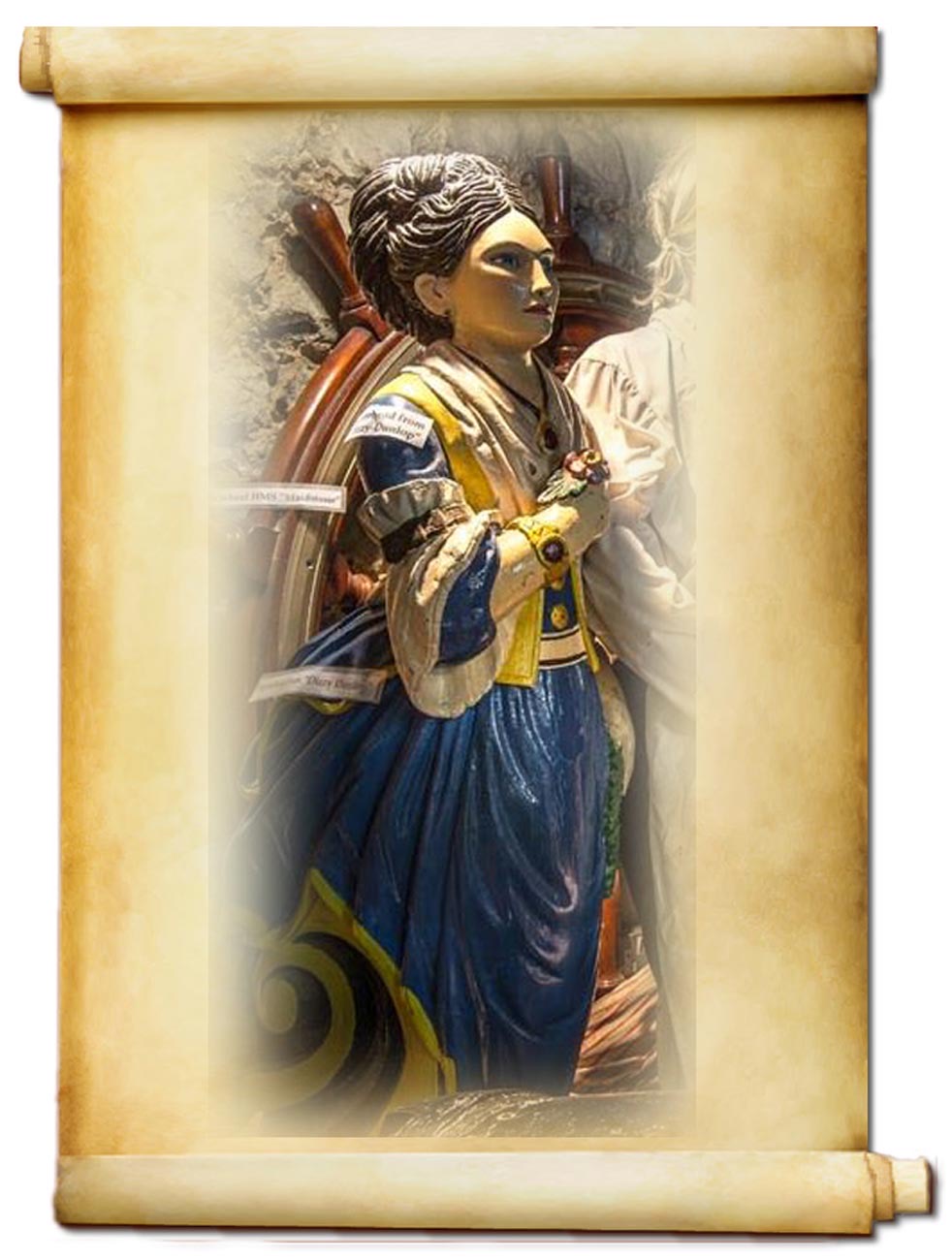

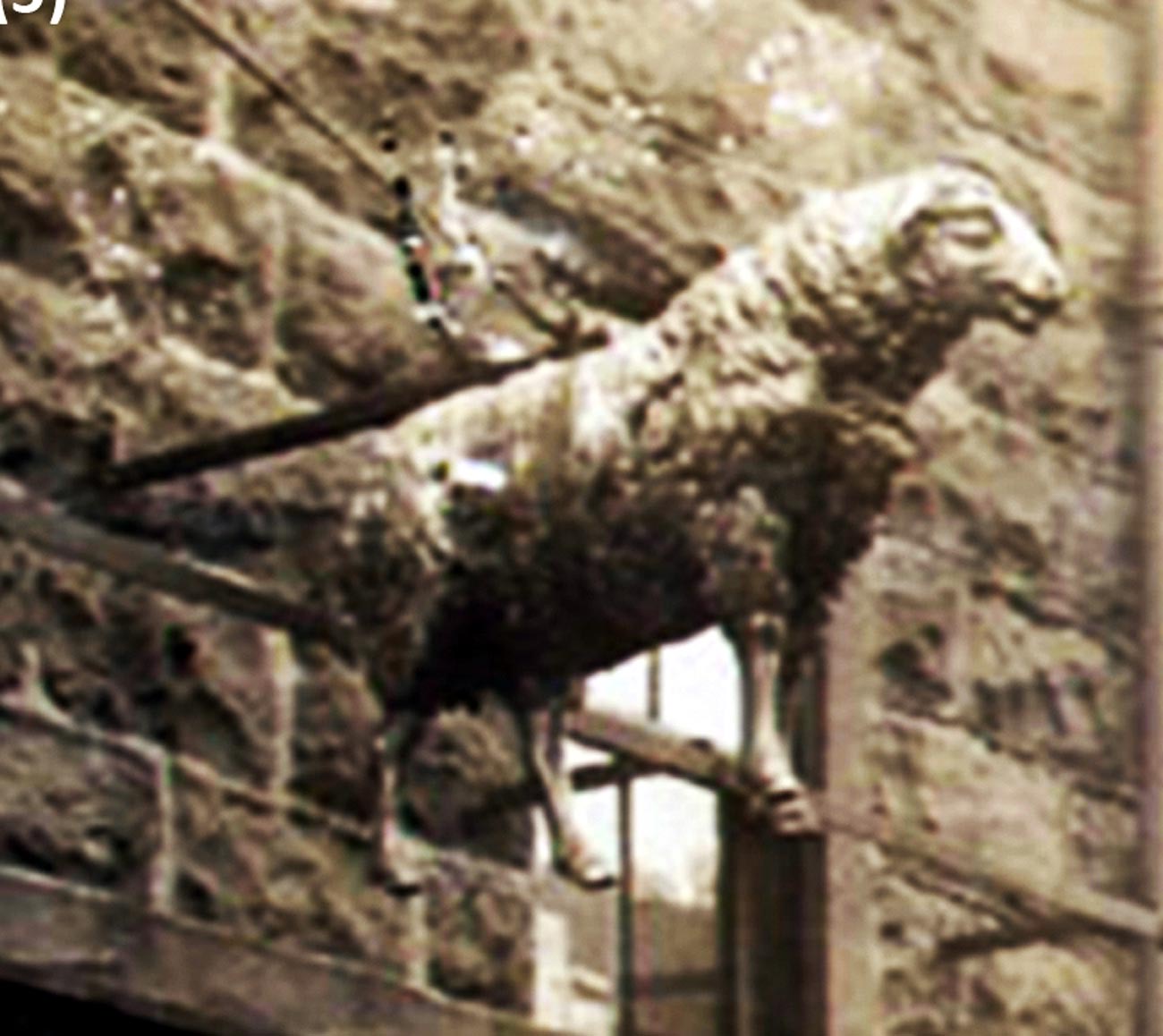

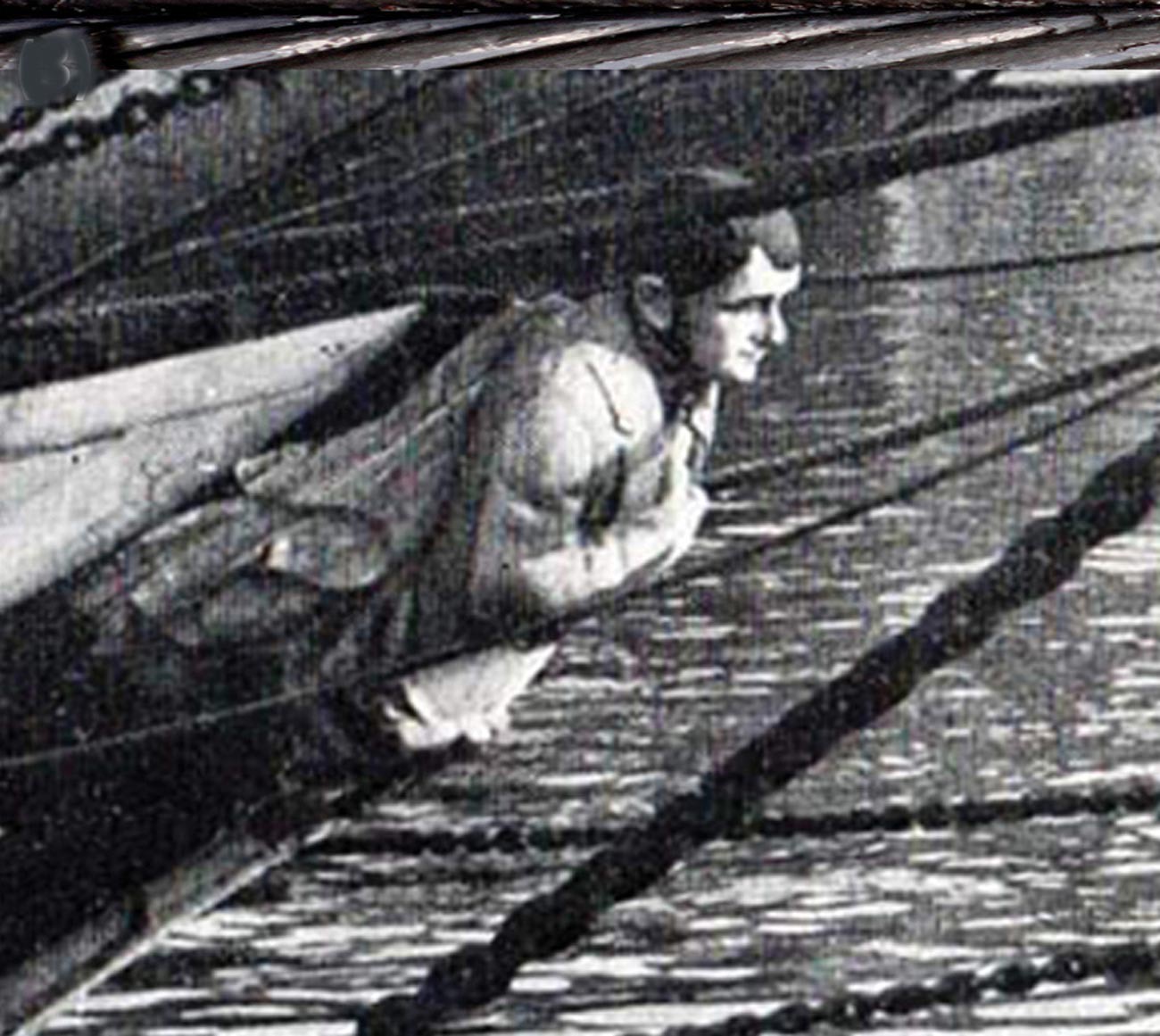

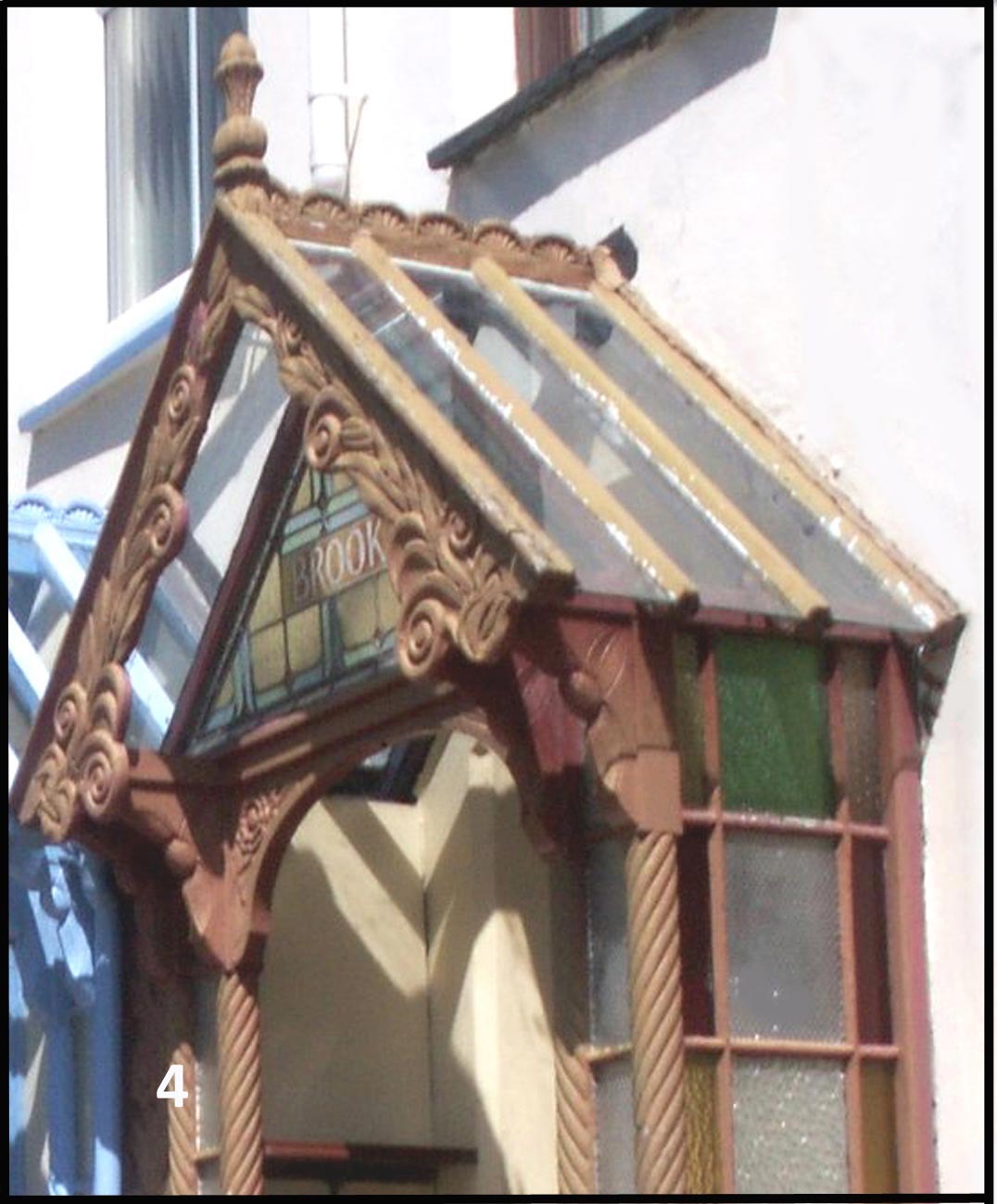



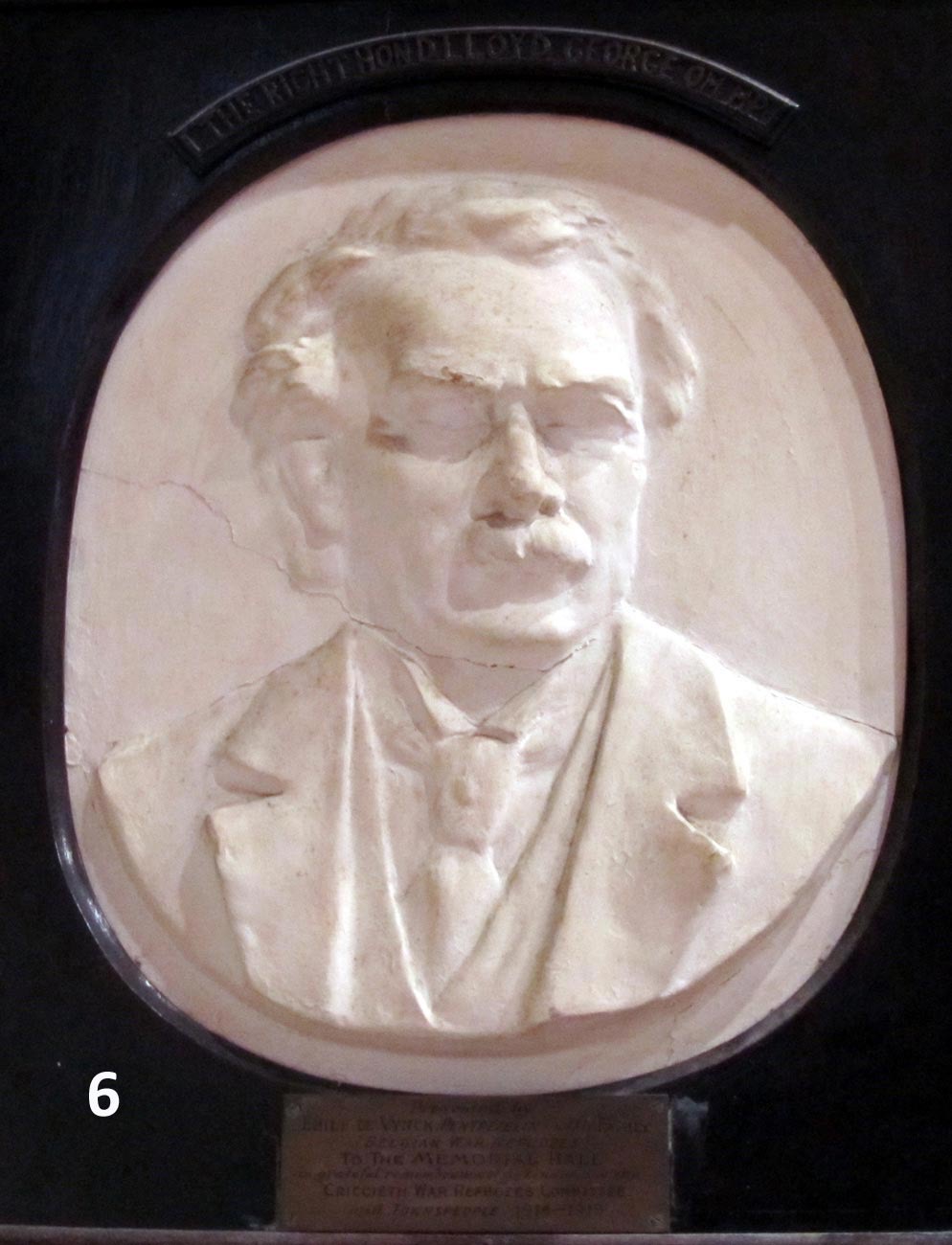



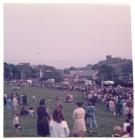
Do you have information to add to this item? Please leave a comment
Comments (0)
You must be logged in to leave a comment